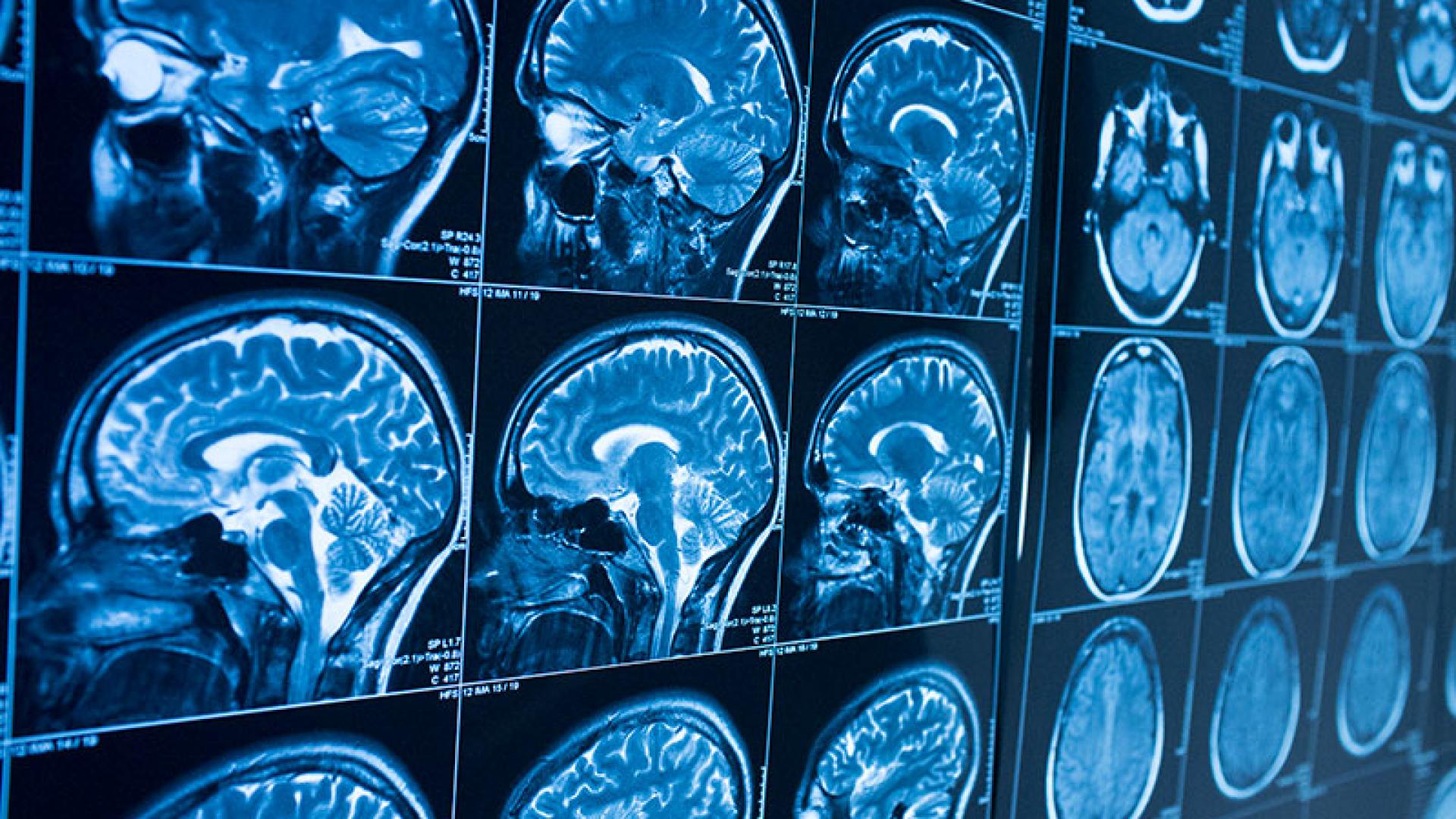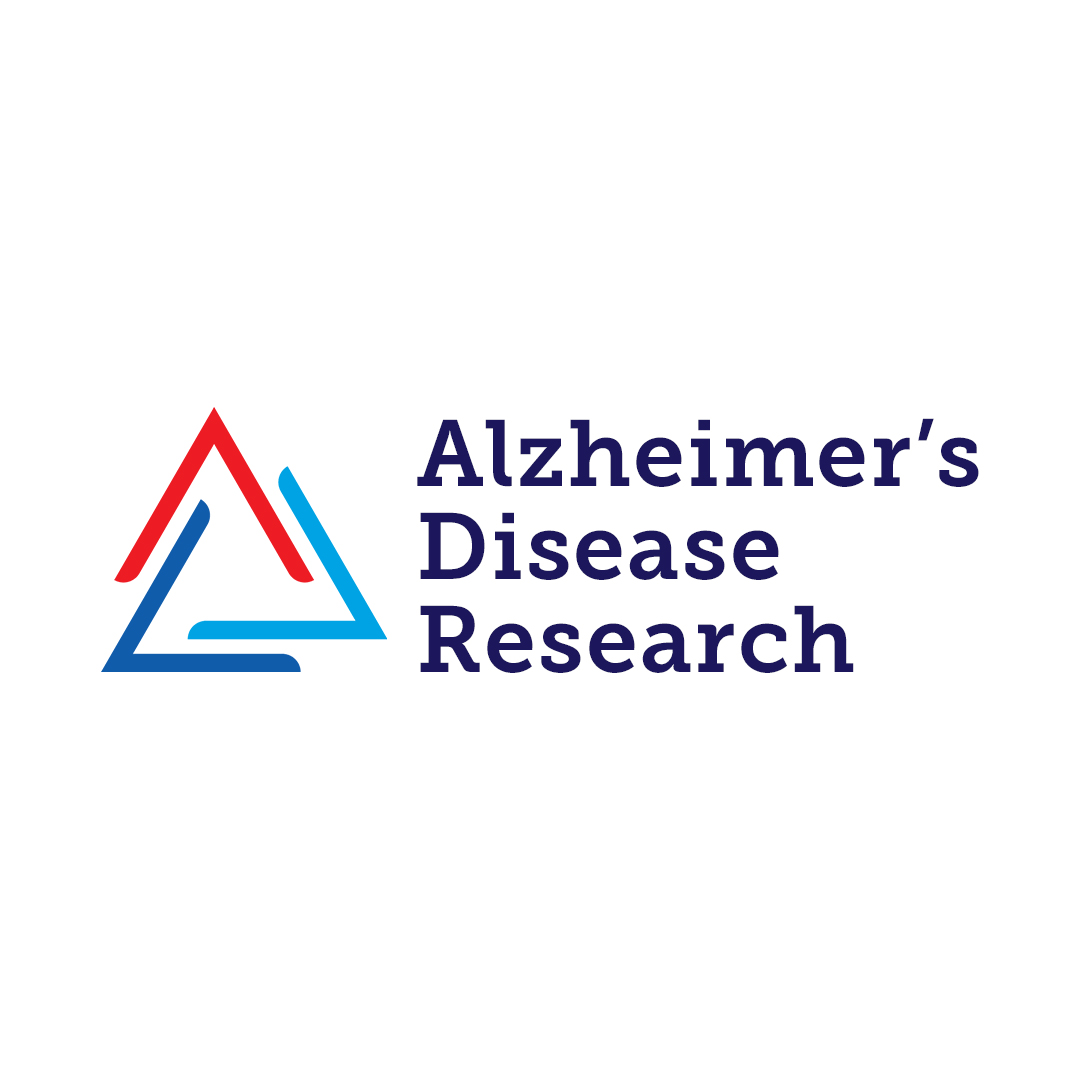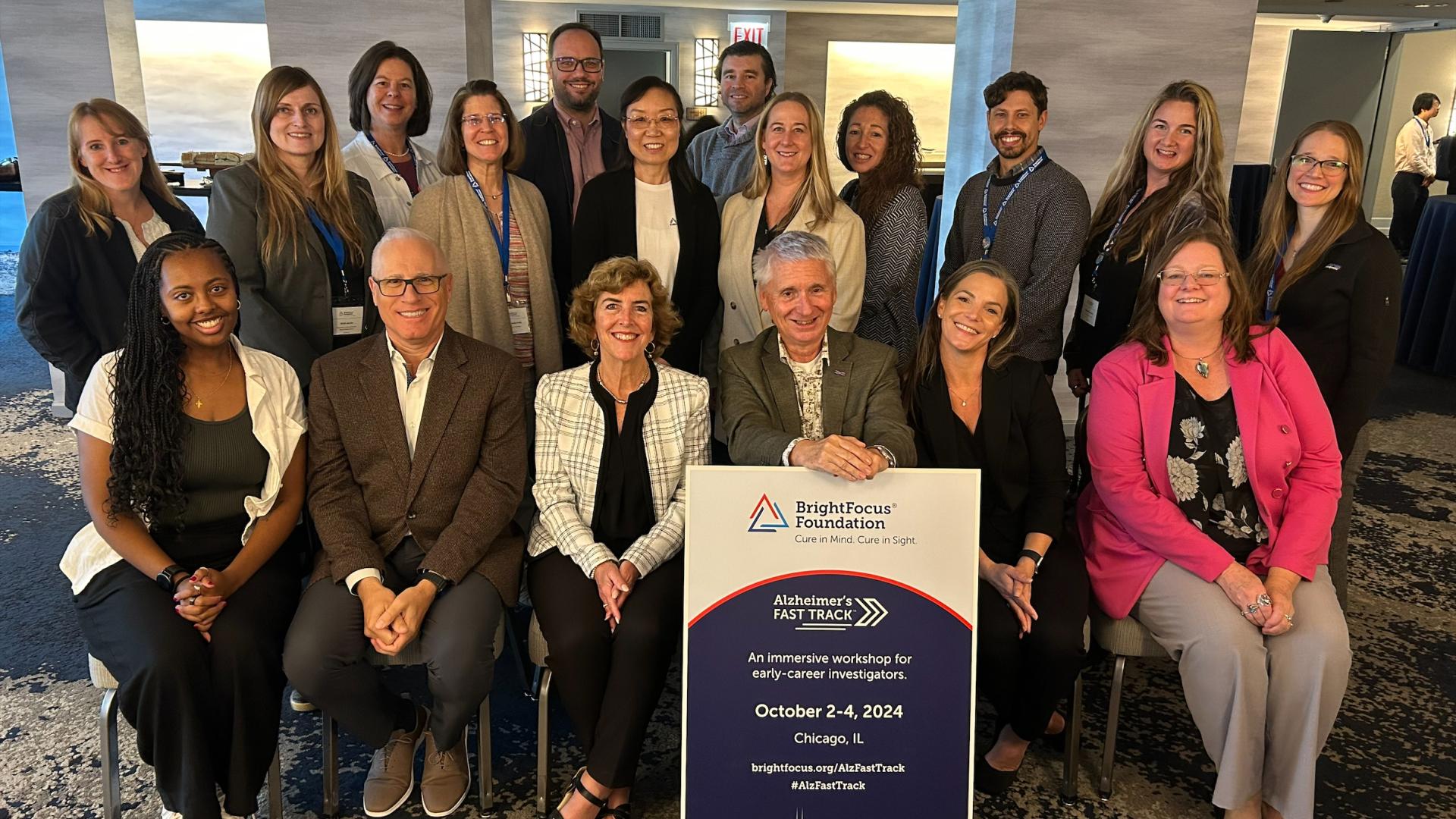
A Distinct, Newly Appreciated Cause of Cognitive and Behavioral Impairment in the Elderly That is Nearly as Common as Alzheimer’s Disease, But Less Recognized
A group of neurodegenerative disease experts in topics ranging from neuropathology, psychiatry, gerontology, epidemiology to brain imaging met last Fall just before the Alzheimer’s Disease (AD) Center (ADC) meeting at Emory University in Atlanta, GA. The National Institute on Aging (NIA) of the National Institutes of Health asked them to consider better defining or re-conceptualizing a cluster of brain pathologies and related symptoms that appeared to represent a previously poorly described (or understood) disease. The consensus group coined a new descriptive term, “Limbic-predominant Age-related TDP-43 Encephalopathy”, or LATE, to recognize and define this new disease entity and the major brain areas affected. They noted that this pathology is strongly associated with an amnestic dementia syndrome that can mimic AD or frontotemporal dementia (FTD). They also coined the term “LATE neuropathologic change”, or LATE-NC, to define this stereotypical TDP-43 proteinopathy in older adults, with or without comorbid hippocampal sclerosis or scarring of the hippocampal cortical layers. LATE is different from frontotemporal lobar degeneration with TDP-43 pathology (FTLD-TDP) and AD on the basis of its epidemiology, symptomatology, and relatively restricted neuroanatomical distribution of TDP-43 pathology and low level of AD neuropathology. LATE is a clinical-neuropathological entity that is distinct from amyotrophic lateral sclerosis (ALS), AD and a form of frontotemporal degeneration (FTLD) in which TDP-43 pathology appears to account for disease in ~50% of FTLD patients. While nearly all ALS patients have deposits of misfolded TDP-43, albeit in different brain regions than FTLD-TDP, to account for the different symptomatology in ALS versus FTLD-TDP. ALS is predominated characterized by weakness and muscle atrophy while FTLD-TDP manifests with behavioral or cognitive abnormalities. Thus, the different clinical manifestations of ALS and FTLD-TDP reflect the differential burden of TDP-43 pathology in the central nervous system of ALS versus TDP-43 patients.
Notably, in community-based cohorts that are comprised of individuals participating in observational studies rather than a clinical trials or biomarker and bioimaging studies, LATE-NC is estimated to be present in up to 50% of older adults, usually referring to those over 70-80 years of age. LATE has an enormous, but largely unrecognized public health impact, among persons of advanced age (>80 years). Since there are no specific biomarkers or imaging ligands to detect TDP-43 in the brains of patients, the disease is diagnosed exclusively by laboratory testing of the brain after death to establish the presence, abundance and distribution of TDP-43 deposits which were discovered to be the basis for ALS and FTLD-TPD in 2006 (Neuman et al, 2006). For these reasons, a working group was convened to develop diagnostic criteria for LATE, aiming to both stimulate research and to promote awareness of this pathway to dementia. In the report (Nelson et al, 2019), we described consensus-based recommendations including guidelines for diagnosis and staging of LATE-NC. For routine autopsy workup of LATE-NC, an anatomically-based preliminary staging scheme is proposed requiring TDP-43 immunohistochemical stains on tissue from three brain areas, reflecting a hierarchical pattern of involvement: amygdala, hippocampus, and middle frontal gyrus. LATE-NC can currently only be diagnosed at autopsy, but retrospective series suggest that persons found to have LATE-NC often developed amnestic cognitive impairment that progressed to dementia. Although LATE-NC appears to affect the medial temporal lobe structures preferentially, neuroimaging studies demonstrated that individuals with LATE-NC also have atrophy in the frontal lobes and other cerebral regions. Genetic studies thus far have indicated genes in which specific alleles increase risk for LATE-NC: GRN, TMEM106B, ABCC9, KCNMB2, and APOE. The discovery of these genetic risk variants suggests that LATE shares features of FTLD-TDP and AD, but also that there may be other underlying mechanisms.
There remain many gaps in our understanding of LATE. To advance prevention, diagnosis and treatment, there is an urgent need for both basic and clinical research focused on LATE, including but not limited to in-vitro and animal models. An obstacle to clinical progress is the lack of a diagnostic method, such as a biofluid or neuroimaging test, for clinical detection of LATE. Development of a disease biomarker would augment observational studies seeking to further define the risk factors, natural history, and clinical features of LATE, as well as eventual subject recruitment for targeted therapies in clinical trials.
References
Neumann M, Sampathu DM, Kwong LK, Truax AC, Micsenyi MC, Chou TT, Bruce J, Schuck T, Grossman M, Clark CM, McCluskey LF, Miller BL, Masliah E, Mackenzie IR, Feldman H, Feiden W, Kretzschmar HA, Trojanowski JQ, Lee VM.Science. Ubiquitinated TDP-43 in frontotemporal lobar degeneration and amyotrophic lateral sclerosis.2006 Oct 6;314(5796):130-3
Peter T Nelson, Dennis W Dickson, John Q Trojanowski, Clifford R Jack, Patricia A Boyle, Konstantinos Arfanakis, Rosa Rademakers, Irina Alafuzoff, Johannes Attems, Carol Brayne, Ian T S Coyle-Gilchrist, Helena C Chui, David W Fardo, Margaret E Flanagan, Glenda Halliday, Suvi R K Hokkanen, Sally Hunter, Gregory A Jicha, Yuriko Katsumata, Claudia H Kawas, C Dirk Keene, Gabor G Kovacs, Walter A Kukull, Allan I Levey, Nazanin Makkinejad, Thomas J Montine, Shigeo Murayama, Melissa E Murray, Sukriti Nag, Robert A Rissman, William W Seeley, Reisa A Sperling, Charles L White III, Lei Yu, Julie A Schneider, Limbic-predominant age-related TDP-43 encephalopathy (LATE): consensus working group report, Brain, , awz099, https://doi.org/10.1093/brain/awz099
About BrightFocus Foundation
BrightFocus Foundation is a premier global nonprofit funder of research to defeat Alzheimer’s, macular degeneration, and glaucoma. Through its flagship research programs — Alzheimer’s Disease Research, Macular Degeneration Research, and National Glaucoma Research— the Foundation has awarded nearly $300 million in groundbreaking research funding over the past 51 years and shares the latest research findings, expert information, and resources to empower the millions impacted by these devastating diseases. Learn more at brightfocus.org.
Disclaimer: The information provided here is a public service of BrightFocus Foundation and is not intended to constitute medical advice. Please consult your physician for personalized medical, dietary, and/or exercise advice. Any medications or supplements should only be taken under medical supervision. BrightFocus Foundation does not endorse any medical products or therapies.
- Other Dementias










